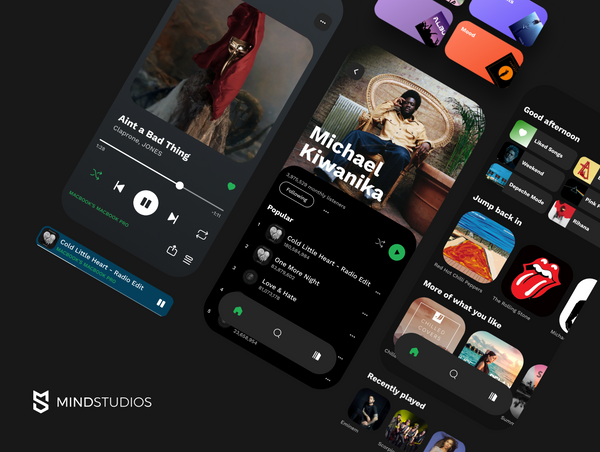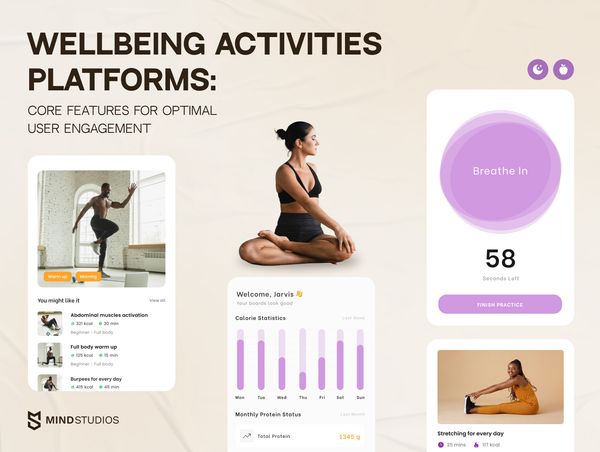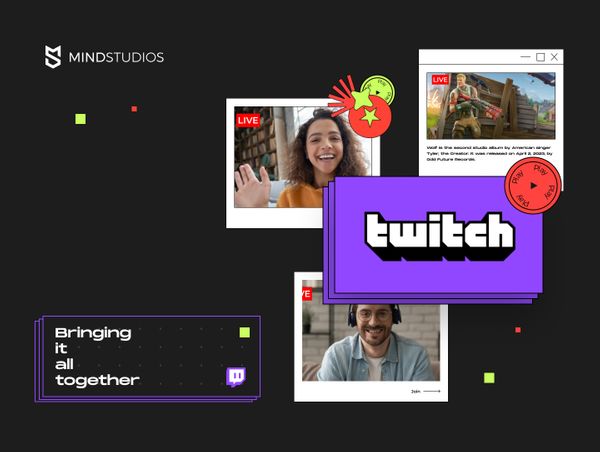
Be it music, video, or games, streaming seems to be the way forward for media creators. It’s so popular that the competition is getting a bit tight. How to create a streaming service that will have high chances for success and how much does it cost? What technology is the best for streaming, and what features to offer your users?
To answer the question in the headline, we estimate the cost of developing a streaming service like Twitch at around $90,000. However, it’s not a number set in stone, many things will affect it, so if you’re interested in what goes in it, this article is for you.
In this article, we analyze popular streaming services from a variety of niches as well as our own experience in creating streaming services and implementing streaming functionality in other kinds of apps. Read on for our insights on how to start a streaming service, or jump to the section with cost estimates below.
The current state of the streaming industry
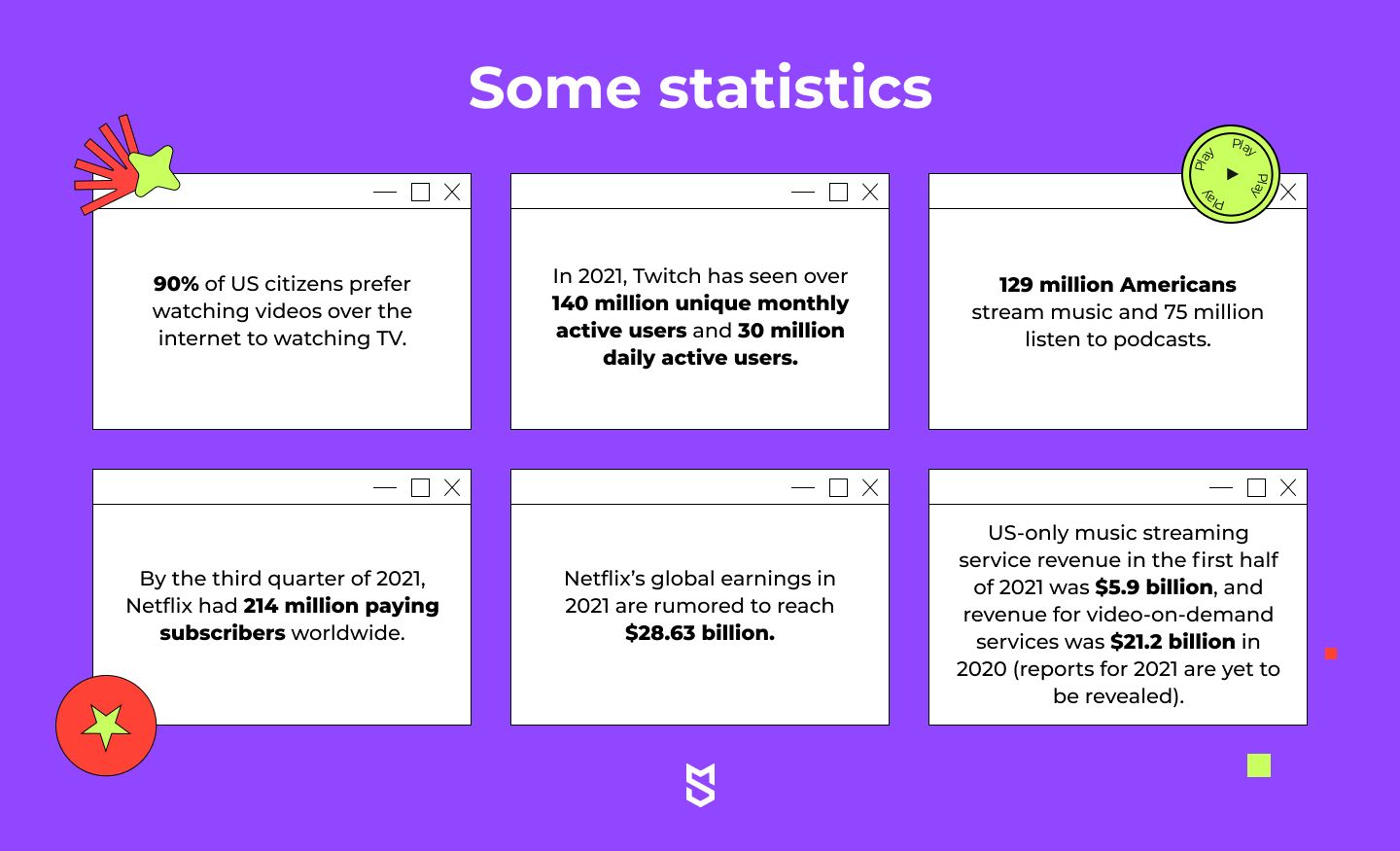
Streaming is taking over the world. Esports competitions are challenging stadiums with the number of spectators; influencers on Instagram and TikTok are snatching advertising offers away from TV. Netflix, Amazon Prime Video, and Disney+ are threatening cinemas as big-screen movie producers and A-list actors and actresses are seen more and more in the credits of TV shows and small-screen movies. The amount of money poured into streaming increases each year, as does the quality of streaming services.
Here are some statistics that prove this:
- 90% of US citizens prefer watching videos over the internet to watching TV.
- In 2021, Twitch has seen over 140 million unique monthly active users and 30 million daily active users.
- 129 million Americans stream music and 75 million listen to podcasts.
- By the third quarter of 2021, Netflix had 214 million paying subscribers worldwide.
- Netflix’s global earnings in 2021 are rumored to reach $28.63 billion.
- US-only music streaming service revenue in the first half of 2021 was $5.9 billion, and revenue for video-on-demand services was $21.2 billion in 2020 (reports for 2021 are yet to be revealed).
Grand View Research forecasts that the value of the live-streaming industry will be $184.27 billion by 2027. Coronavirus lockdowns have forced cinemas to close for prolonged periods, some countries had been under quarantine longer than others. And while restrictions have already been lifted, many people have acquired a taste for streaming even if they didn’t use streaming services before. This implies that the streaming industry will only grow faster from now on.
If you’d like to join the fray, we’re here to offer a guide on how to run a streaming platform like Twitch, what to take into account, and what to look out for.
Types of streaming services
To get closer to understanding how much it costs to create a streaming service, you need to decide on the type of streaming platform. Netflix and Twitch are both video streaming services, but no one would think to compare them to each other — they’ve got completely different approaches to streaming. It's not just that they provide different types of content; they're based on entirely different concepts. Netflix provides streaming video on demand, or SVoD. Twitch, on the other hand, is a live video streaming service.
Streaming video on demand
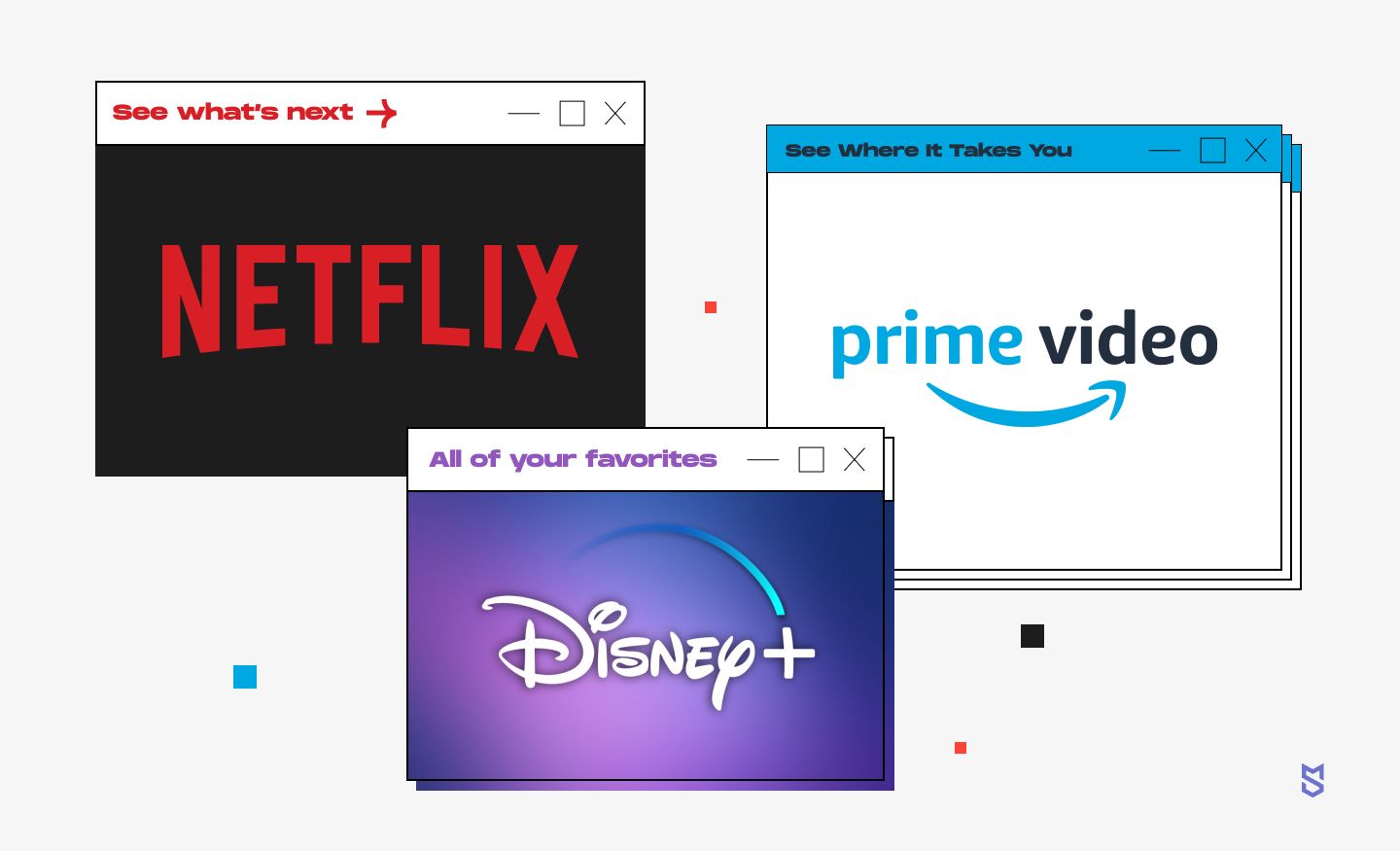
SVoD is a lot like downloading video to your computer sans the actual downloading; you can watch a movie or TV show when the mood strikes and the stars align (i.e. you’ve got time and opportunity).
Right now, Netflix is the world’s leading streaming website for movies and TV shows, including those the company produces itself. It’s available in 190 countries around the world and consumes 15% of global internet bandwidth.
Netflix is well known for its recommendations based on a user’s viewing history. The company has its own personalization algorithm that uses Apache Kafka and Amazon DynamoDB to store and analyze users’ data.
Netflix has big competitors: Amazon Prime Video, Hulu, HBO Max, and, as of the end of 2019, Disney+. However, none of these services cover as many countries and offer as many titles as Netflix — most are offered in the US only. Outside the States, the market for streaming services is still emerging, which means it’s open to new market entrants.
Video live-streaming / broadcasting
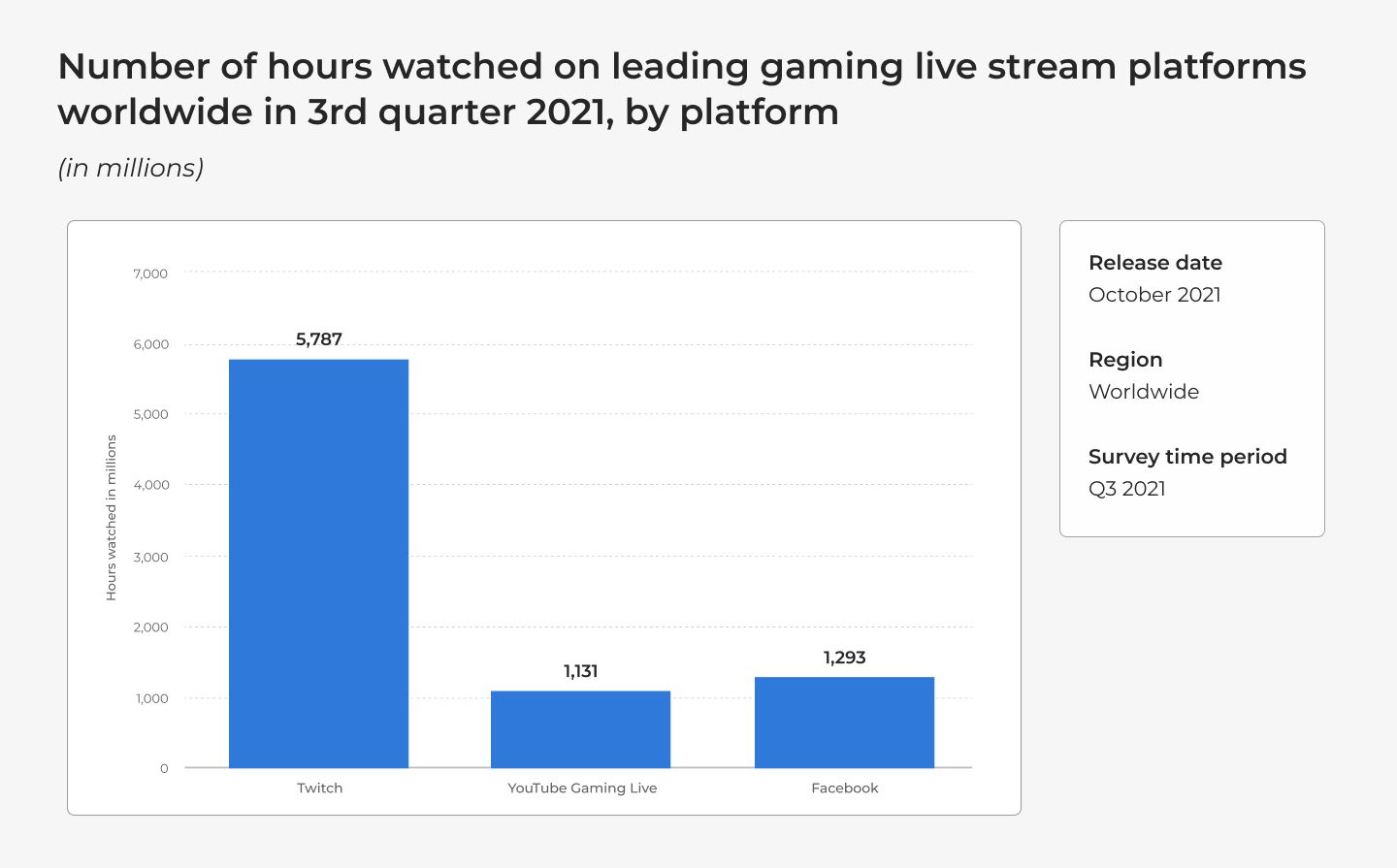
Live video is streamed in real time on a specific channel and you either catch it or miss it. Twitch is the leading live game streaming service — in Q3 of 2021, users have watched over 5.79 billion hours of streams on Twitch. However, Twitch does have competition: Facebook, YouTube, Vimeo, Periscope, and a number of other platforms now also offer game streaming. It’s possible to create a streaming service like Twitch that will snatch its share of audience.
Live-streaming is popular outside the gaming niche as well. Facebook, Instagram, TikTok have live-streaming features, and people use them to stream literally anything they want. (Sometimes, ‘anything’ ends up involving police)
One of the things users love about live-streaming is that viewers can comment on the video in real time and the streamer can reply to comments right away if they choose to do so.
TV live-streaming
TV live-streaming means users watch TV over the internet instead of setting cables to their homes. It’s not user-generated content like Twitch et al. and it’s not the same as on-demand video streaming. Many users choose TV streaming to keep abreast of the news and sports broadcasts, though TV streaming does offer movies and TV series as well — just not on-demand.
Multiple platforms provide TV streaming. In the US, users have the largest selection of popular channels on YouTube TV — over 85 channels. Disney’s Hulu has its own live TV streaming service, Hulu Plus Live TV, and it offers 75+ channels.
Audio streaming
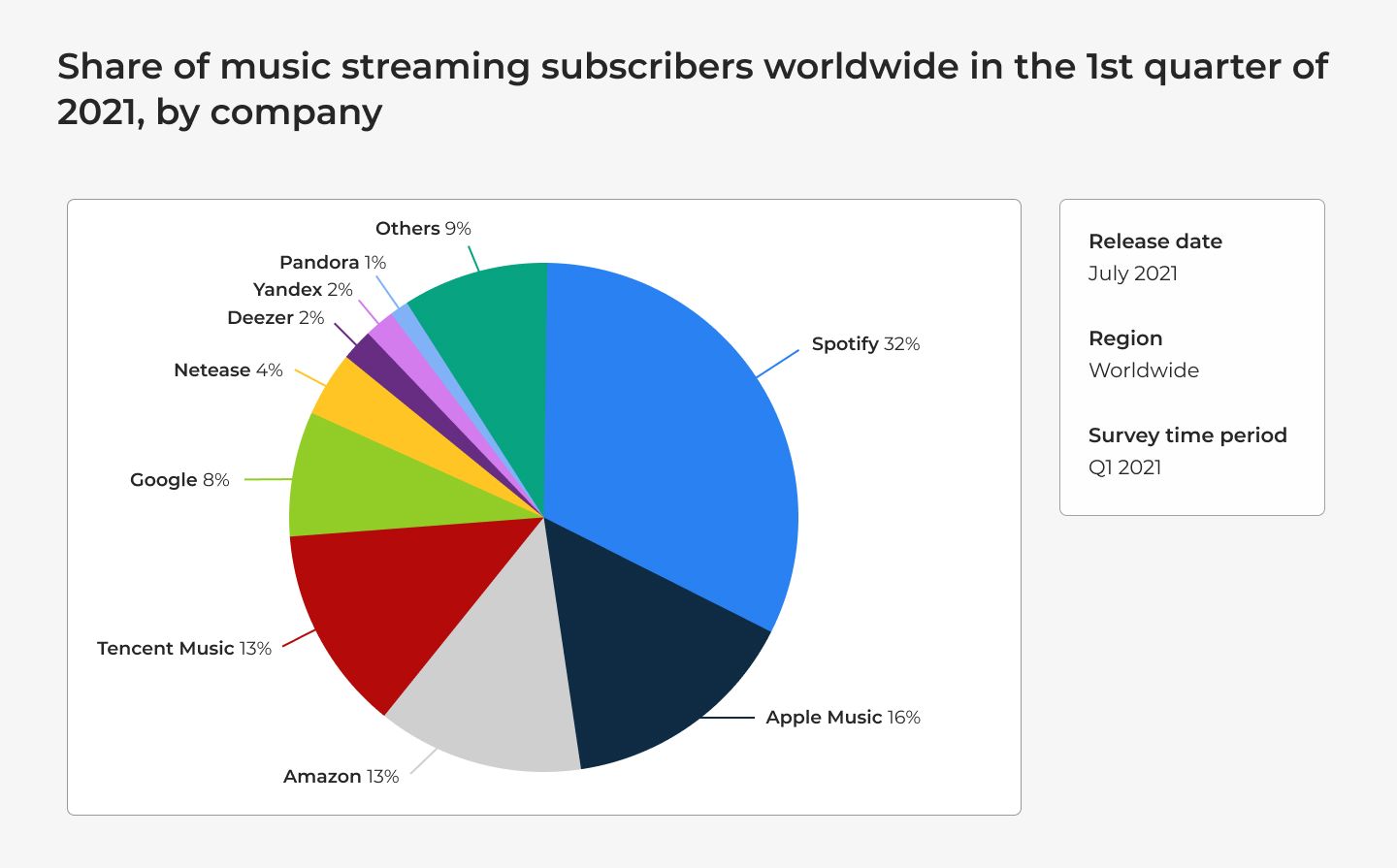
In audio streaming, most popular services offer streaming-on-demand. For music, it’s Spotify, Apple Music, Amazon, Google’s YouTube Music. For podcasts, it’s mostly the same providers: Spotify, Google Podcasts, Apple Podcasts, Amazon Audible.
According to Statista, Spotify’s global music streaming subscriber share in Q1 2021 was 32% to Apple Music’s 16%, Amazon Music’s 13%, and Tencent’s 13%. By the second quarter of 2020, Spotify had 138 million premium subscribers. The music streaming industry reached $11.4 billion in global revenue in 2019. In 2020, Spotify expanded to Eastern Europe and now covers 92 countries.
Spotify is a subscription service, like most streaming services. Its biggest perks that make more and more people choose it over its competitors are:
- A large selection of underrepresented indie artists alongside renowned stars
- Stellar recommendations
- Curated playlists
Live-streaming is less popular in audio streaming. Clubhouse tried to establish the niche of live audio streaming in 2020–2021 but today, we barely hear about the service, although it’s still alive.
Benefits of Building a Video Streaming App for Your Business
Creating a streaming website doesn’t automatically mean you’ll have to take on market behemoths. Twitch is mostly a platform for the gaming community, and Netflix streams movies and lots of TV shows. But there are plenty of other options for what you can stream as SVoD or live video.
Streaming in healthcare business
In the times of pandemic this became apparent like never before: telemedicine is essential for our future. People might be unable to visit a doctor personally for a variety of reasons, from lockdowns to disabilities to simple lack of time. That’s where streaming comes into play.
If you own a healthcare business, a streaming app can:
- provide you easier access to more patients
- enhance your brand image and trust
- make doctor-patient communication possible without personal visits
We’re talking about offering patients an opportunity to watch video lectures from doctors live or on-demand, leave comments, and more.
Streaming in education business
Online classes, lectures, and conferences are the reality of the 21st century, love it or hate it. Leading universities and schools set up YouTube channels to post online lectures. A proprietary streaming platform can set your business apart. It will also allow you to limit your students’ exposure to distraction like YouTube’s recommendations.
Streaming in fitness coaching business
Live-streaming and on-demand fitness coaching sessions are exceptionally popular these days. Moreover, this popularity began before the pandemic lockdowns, and it continued to grow when restrictions we being lifted. One of our longest-running projects, Fitr. Training is an online platform for fitness coaches and their clients, has video streaming functionality and it’s been a blast for all sides involved.
Legal registration & content licensing
If you decide to run a streaming service, you’ll need to adhere to a slew of intricate copyright regulations. If you want to start a streaming service like Netflix, which is a SVoD platform, you’ll need to purchase licenses to the content you stream. Most licenses are temporary and need renewal if you want to host the content permanently.
If you’re a content creator (a movie studio, for example), content you produce belongs to you and you can host it on your platform for however long you need — that is, if it’s not a derivative work or has parts with copyrighted content like music, for example.
If your goal is to create a streaming platform like Twitch, however, there’s a whole other pit of issues. Twitch hosts individual streamers who aren’t company employees, and they might stream copyrighted content. In most cases, legally, a streaming platform can be held accountable for copyright infringement by its participant. You’ll need to set up strict rules to avoid legal repercussions.
Basic features to create a live streaming service
However innovative your idea is, there are basic features users expect in a streaming platform.
Sign-up/log-in
Authentication is important if you want to provide users with the quality of services they demand and deserve. It’s also necessary for the proper functioning of a number of other features. Today, it’s common to offer authentication via social networks alongside the email-password pair.
Main page
Whether you’re building an SVoD service like Netflix or a live-streaming platform like Twitch, the main page (or home page) of your website or app is where you can show featured content, highlight recommendations, and notify users about any changes and offers you plan to introduce. This page needs to be well-designed and inviting so users decide to continue browsing. When answering the question of how to start a streaming service, the first thing that should come to mind is creating a home page.
Player
Since we’re talking about providing media content, a player is the heart of it. Both audio and video streaming services need a player as the main feature. You can either build a video player from scratch or use a third-party API-based solution.
Profile
A profile page should contain all information about the user and shortcuts to the user’s settings, watch history, payment information, and downloaded content (if you enable downloads).
Notifications
Notifications are essential when it comes to streaming, whether it’s on-demand or live. With on-demand streaming, you can remind users about a show they’re waiting for or a title they haven’t finished, for example. With live-streaming websites, the most important notifications are about upcoming streams by streamers a user follows.
Notifications can also be used for recommendations or mentions in comments.
Settings
Users should be able to tweak a site’s operation to their liking. This includes adjusting the bit rate at which videos play, configuring notifications, subtitles, preferred audio track, and more.
Admin panel
If yours is an SVoD service, you’ll need to upload content in the admin panel. In a live-streaming service, the admin panel is where you’ll handle users’ authentication issues, moderate content and community, and manage categories, payments, notifications, and everything else that needs your direct attention.
Analytics
Analytics allows you to monitor user behavior and adjust your content accordingly in order to get more engagement or more users.
Advanced features for a live-streaming platform
The features above are essential for a streaming app to function and for you to monitor and adjust its performance. We consider the features below to be advanced since they aren’t absolutely mandatory for a streaming business to work. However, we believe them to be highly beneficial. You might consider adding some or all of them at a later stage in live streaming platform development.
Library, search, and categories
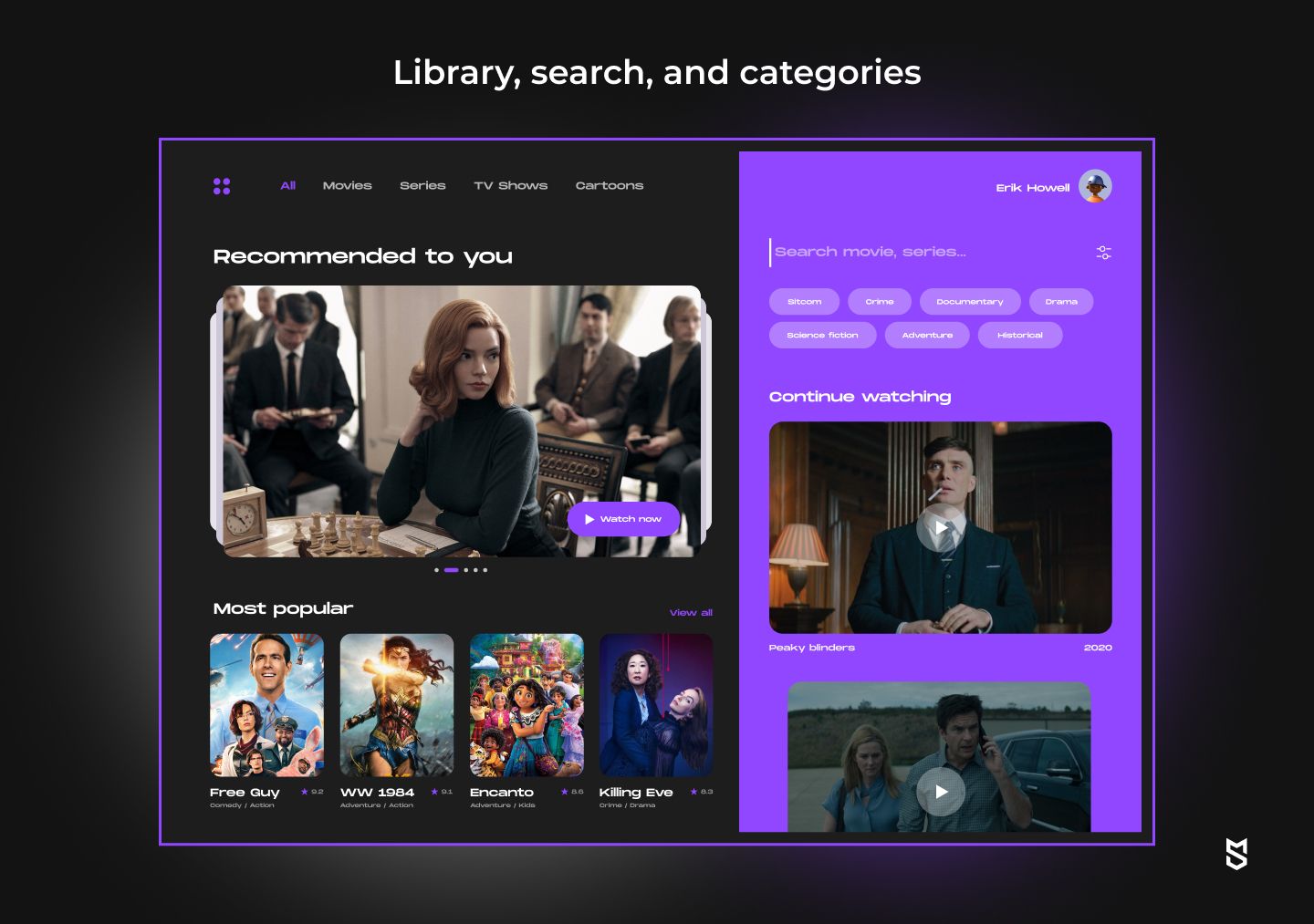
The library is where all your content is stored. To make browsing convenient, search functionality is a must. We also recommend you provide autocomplete suggestions in the search bar. Advanced search is a great way to make looking for videos more precise. Depending on what it is you’re planning to stream, categories might be based on genre, content type, video length, or really anything else.
History

It’s not uncommon for users to rewatch videos they like. A watch history will help users find videos quickly and easily. Even if you’re planning to make a live-streaming service without an option for streamers to save their videos, viewing history might still be of use so viewers can remember what streamers they’ve watched without following them, for example. You can also use watch history data for your recommendation algorithm.
Recommendations
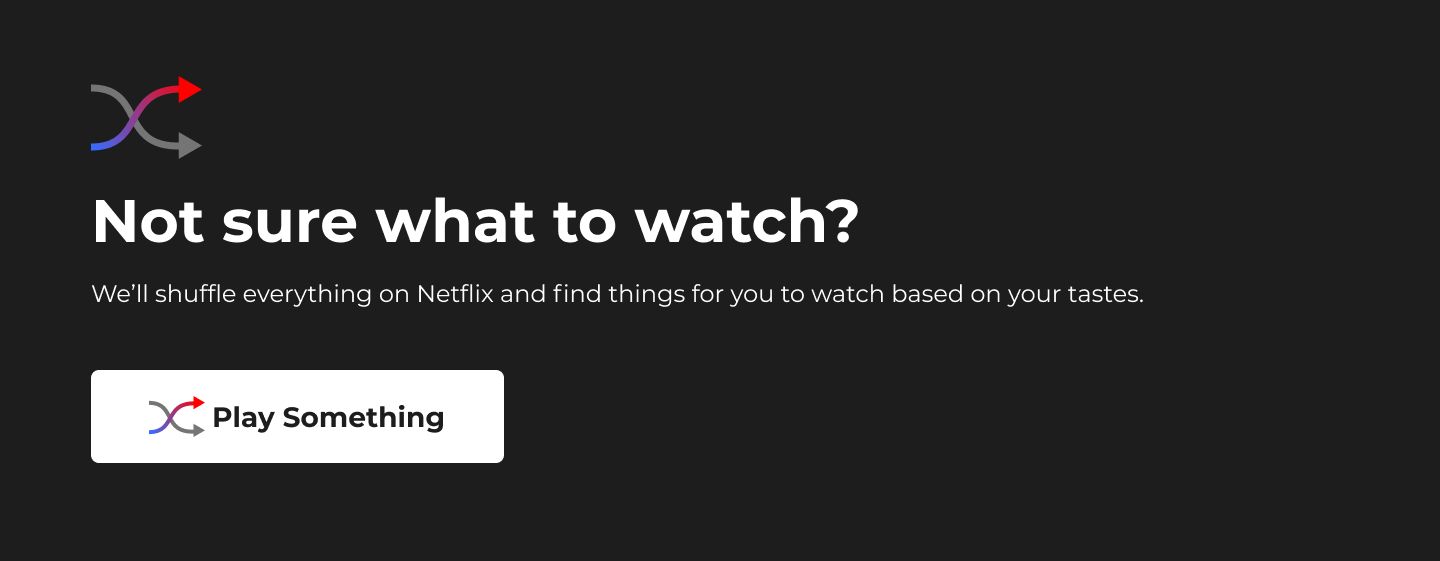
Unless your content is all from a narrow niche or is very limited without the prospect of scaling, you’ll need to provide users with recommendations based on their preferences and/or viewing histories. For live-streaming, your service might recommend streamers who stream content similar to what a user has watched and liked.
The recommendations feature should be implemented using a combination of a quality tagging system and machine learning for the best results.
Download

Netflix has added the option to download movies and TV shows in-app for offline watching quite some time ago. It’s a great perk for anyone wishing to create a streaming service, since many people would like to watch a movie or an episode of a TV show during a long commute.
Payment functionality
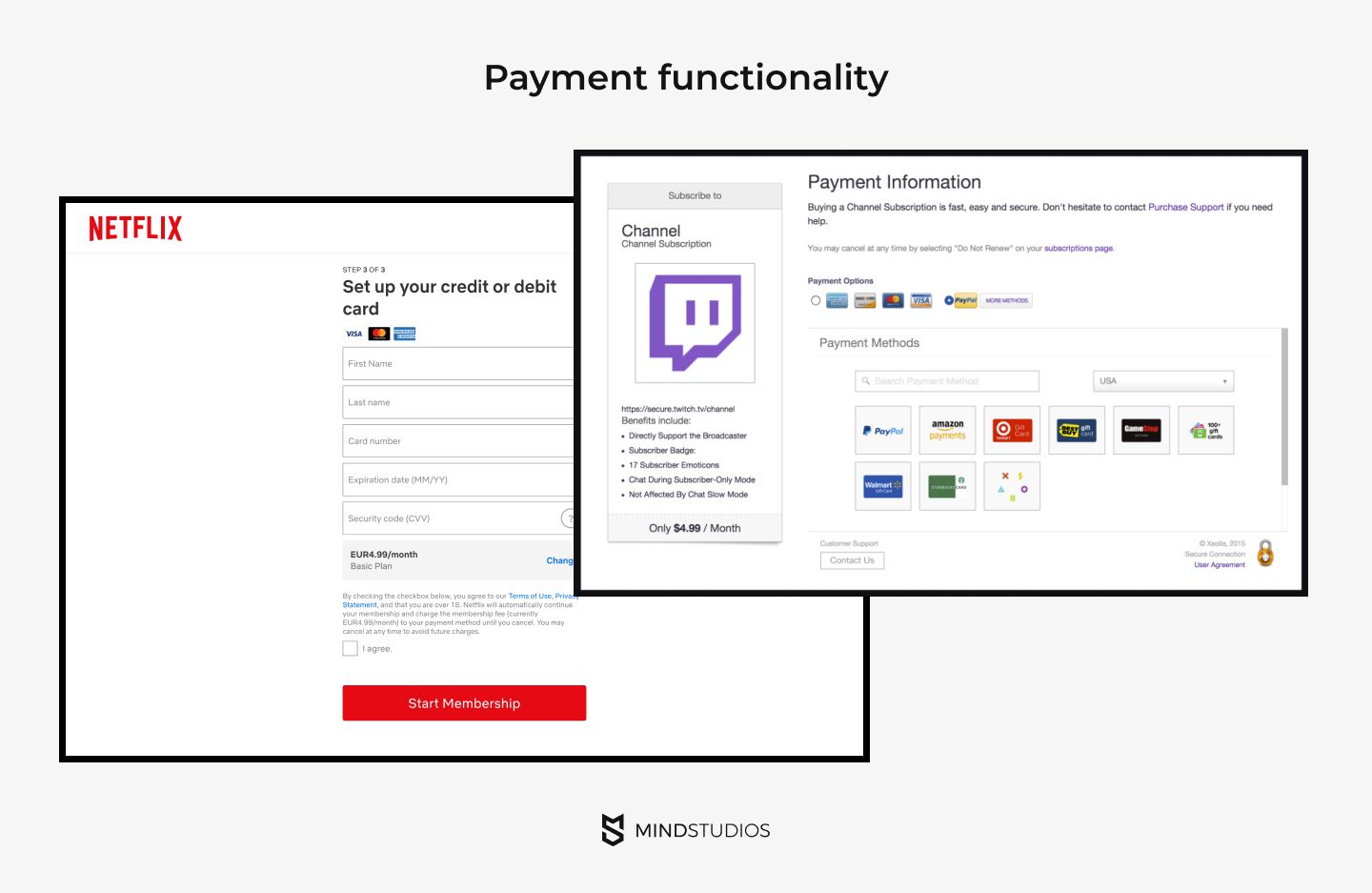
Your users will need to pay for your services in your app or on your website. Needing to jump to a third-party site to pay might deter many potential users, as it takes time and often requires providing payment information. To provide on-site payment functionality, you’ll need to integrate a payment gateway.
Community features
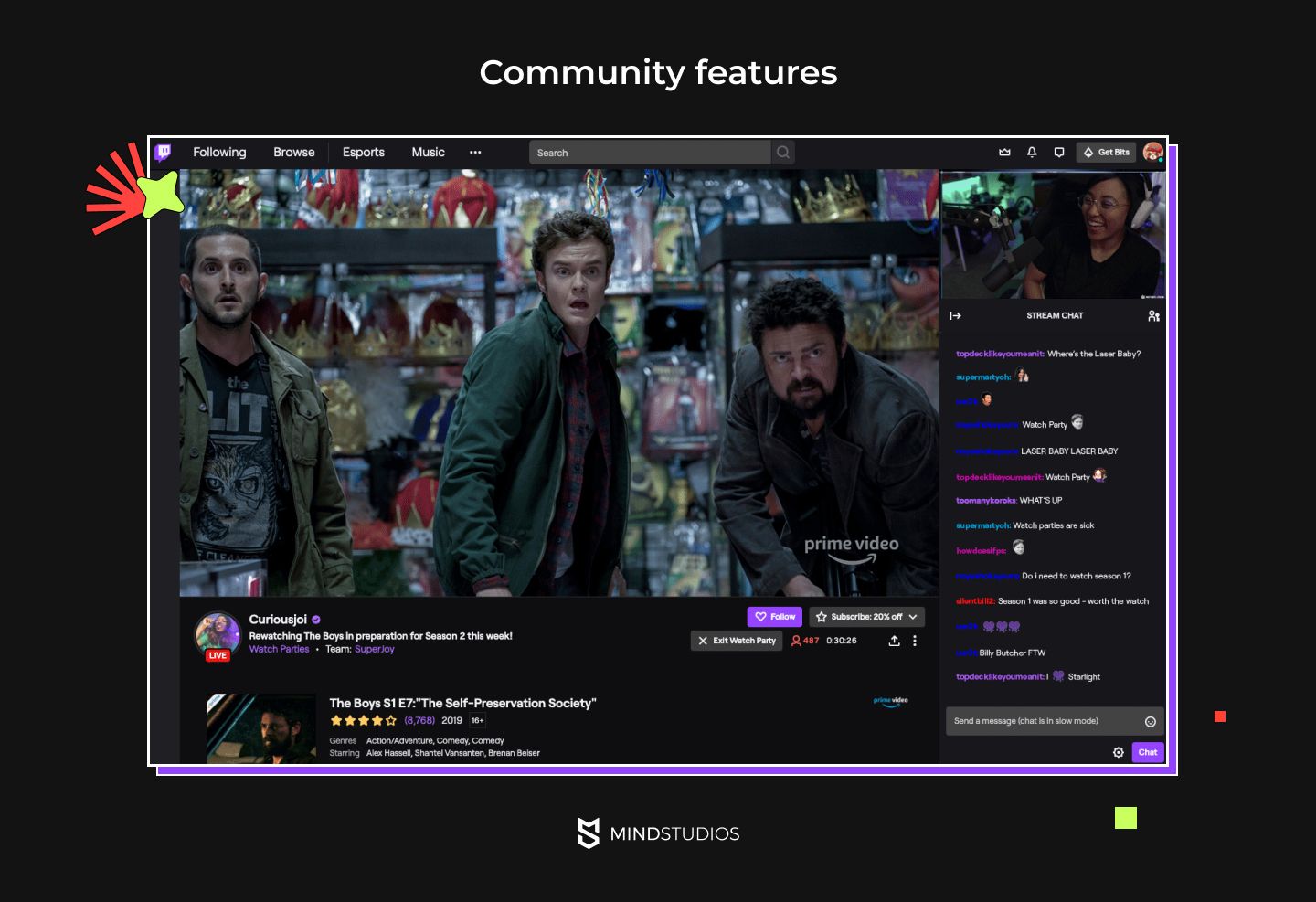
Community-related features can vary greatly depending on what you’re streaming and how you’re streaming it.
- Commenting. For live-streaming, commenting functionality is a big win — streamers can receive questions and answer them right away, enhancing the connection with viewers.
- Ratings and reviews. For an SVoD service like Netflix, ratings and reviews are top community features. The option to comment on reviews may also be met with interest from users. Netflix itself doesn’t offer a review or rating feature — only an option to thumbs-up or thumbs-down a title — so this can be one of your site’s distinctive features.
- Sharing. Finally, the possibility to share a link to your service is a win for any streaming website. Sharing spreads the word and brings you new customers, so you might even consider offering referral links along with some kind of referral rewards.
Localization
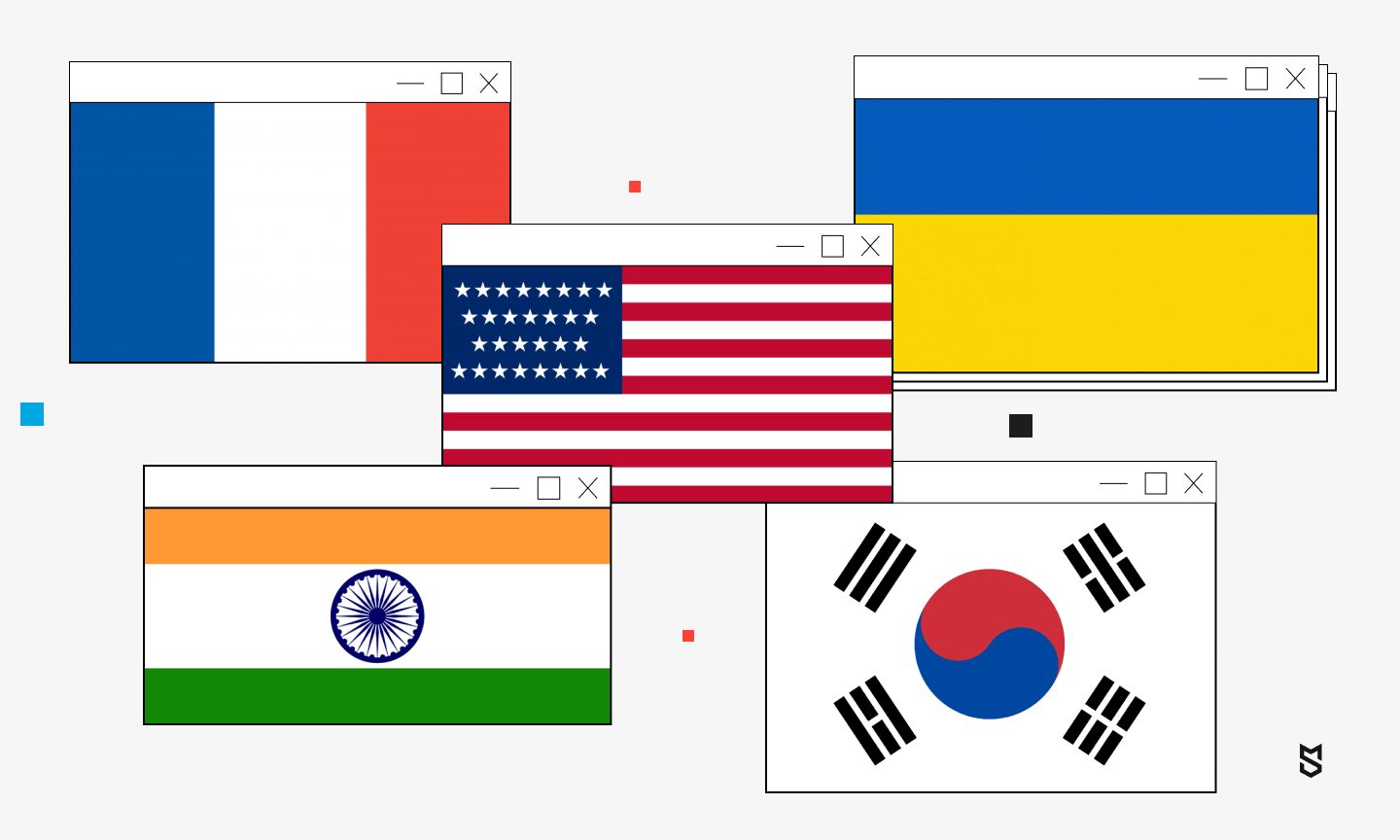
If you’re aiming to provide streaming services in more than one country, you’ll need to localize your website. Content localization can be done in the form of subtitles. However, if you’re starting with an MVP launched in a single location, localization can be postponed.
Streaming platform tech stack
Twitch is more than just a website and mobile app. Viewers only use the website or the accompanying mobile app, but streamers need more than that. You’ll have to deliver what they need if you want your streaming platform to be successful. This includes:
- Video recording and streaming functionality
- Segmentation and conversions
- Content delivery network
Video recording and streaming functionality
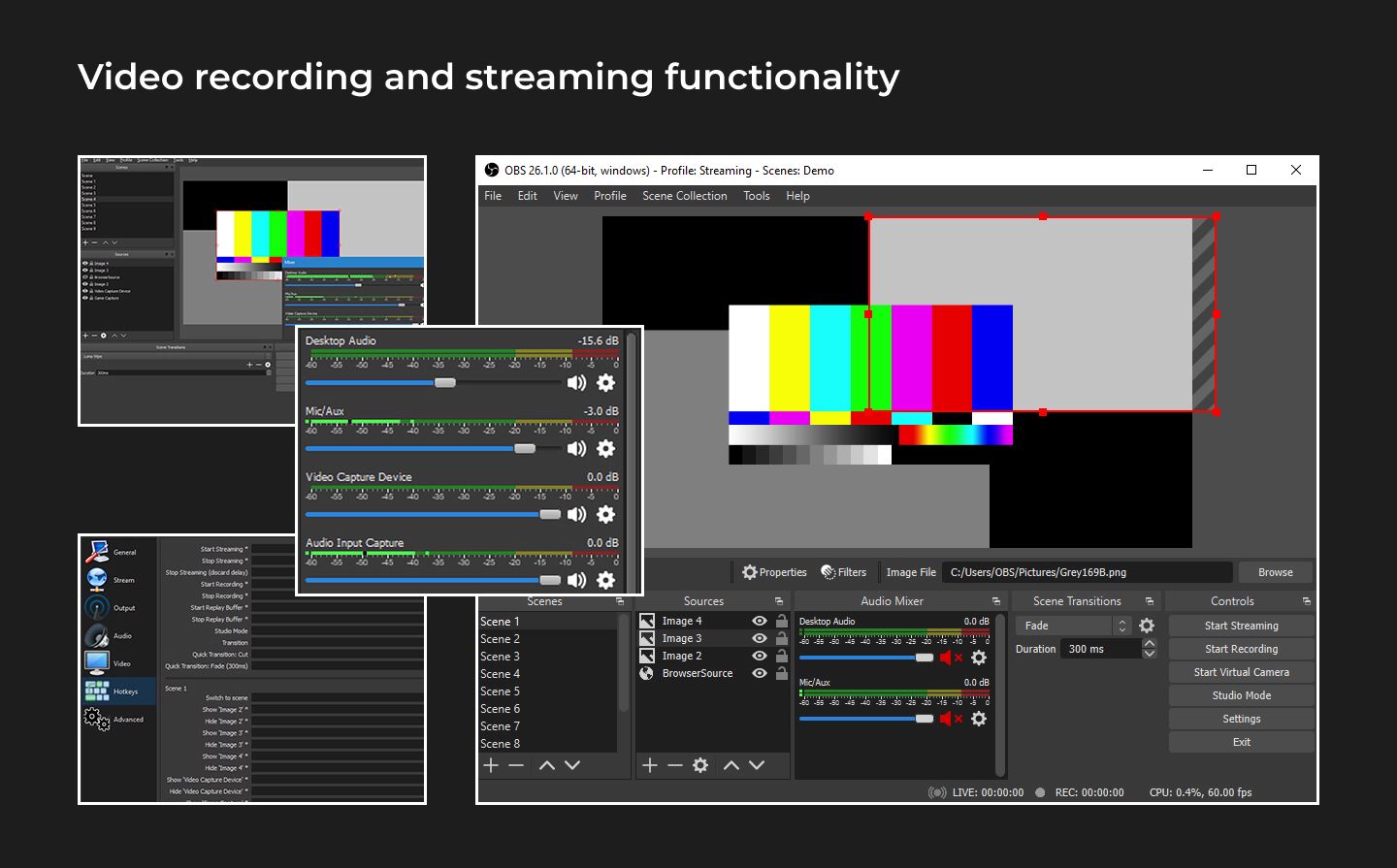
For streamers to record and stream video live, you’ll need to implement relevant functionality into your platform. Fortunately, you don’t necessarily need to create a live-streaming app from scratch, as you can use third-party software. For example, Open Broadcaster Software, or OBS for short, is particularly popular among Twitch users. It’s free, open-source, and has an API for customization via plugins and scripts.
Segmentation and conversion
Live streaming is essentially a process where data is downloaded and displayed simultaneously. When you open a video on YouTube or Netflix, it starts playing right away, with downloading preceding playback by several seconds (or minutes, depending on your internet connection). This is achieved using streaming protocols: usually Apple’s HLS (HTTP Live Streaming) or MPEG-DASH (where DASH stands for Dynamic Adaptive Streaming over HTTP).
HLS and MPEG-DASH both are able to split a video file into tiny parts and encode each part at various levels of quality. Thanks to this, a user can (a) choose the quality at which they want to watch the video and (b) change the quality mid-video. Lower-quality video loads faster and requires less bandwidth, so it’s important for users to be able to control the quality.
Content delivery network
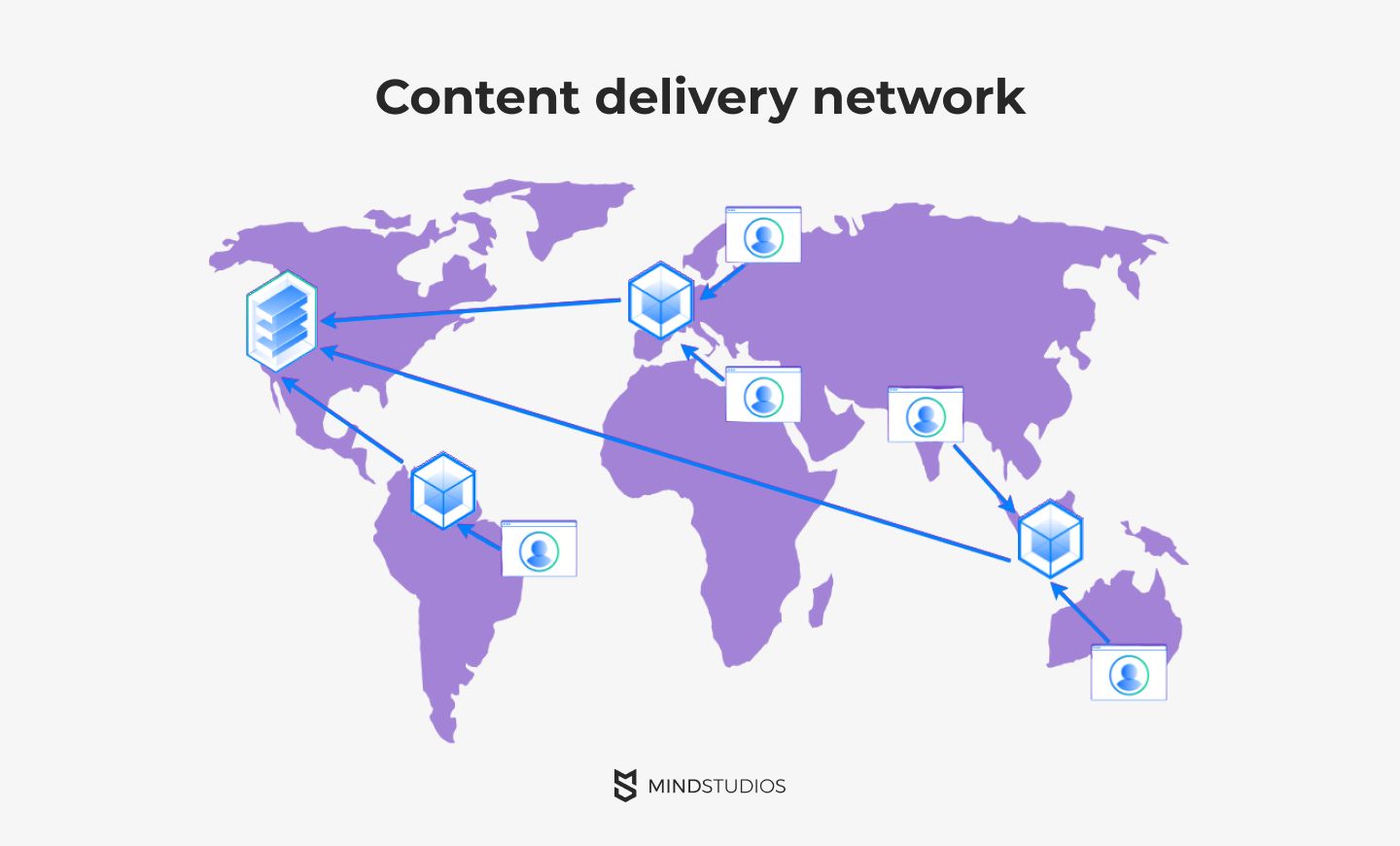
A content delivery network (CDN) is a service that enhances website performance by distributing the network load. Put simply, a CDN is a collection of servers located around the world that cache content at network edges to deliver it to users based on their geographic location. By selecting a server that’s closer to the user, the CDN provides content faster, improving the user experience and lowering the bounce rate.
There are numerous CDN providers, and which you should pick for your streaming service will depend on where you’re launching it. For example, OVHcloud can be successfully used in Europe, Australia, Singapore, the USA, and Canada. If you’re launching your live-streaming platform in any other locations, you’ll need to conduct additional research to find the best-fitting CDN provider for those markets.
The whole tech stack for a streaming service development would look like this:
Front end (web-based service)
- Technologies: HTML5/CSS3, JavaScript
- Frameworks: Vue.js, Angular
Back end
- Servers: Dedicated OVH servers
- Framework: Ruby on Rails
- Database: PostgreSQL
- CDN services: Cloudflare, OVH CDN
- Streaming protocols: Apple HLS, MPEG-DASH, WebRTC, RTP, RTMP
- Codecs: H.264/AVC, AAC
- Tools: FFmpeg
- Chat functionality: Twilio API
iOS mobile app
- Main programming language: Swift
- Main UI layer: SwiftUI / UI Kit
- Main architecture: Composable Architecture
- Dependencies management: Bundler, Swift Package Manager
- Tracking / distribution tool: Firebase Crashlytics/Distribution
- Chats & notifications: WebSockets
Android mobile app
- Main programming language: Kotlin
- Main architecture: MVI architecture
- Technologies and libraries: Kotlinx Serialization, Coroutines, Android Jetpack, Gradle, OkHttp
A number of video platforms offer APIs to integrate their functionality into streaming services. Vimeo provides top-notch functionality for live-streaming; for a price, Vimeo provides an API to developers as well. Twilio has more than chat functionality too. APIs can sometimes cut costs significantly since they remove the need to build everything from scratch.
UI/UX for a streaming platform
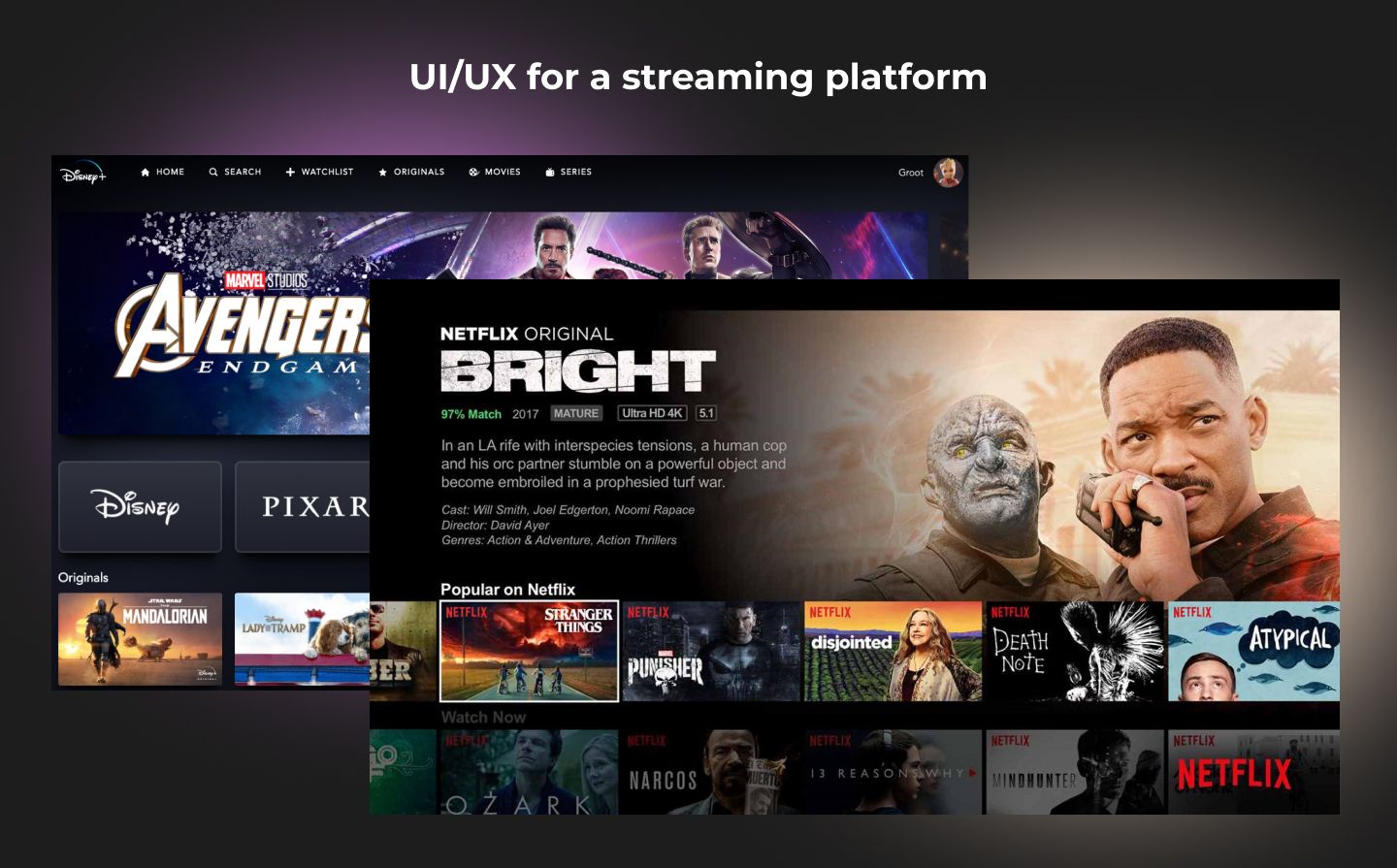
When you’re creating a streaming platform with a plan to make it popular, you need to pay particular attention to its UI and UX. For example, although Twitch is massively popular — the most popular game streaming platform — its UX is often a subject of improvement studies. On the other hand, Netflix is frequently praised and offered as an example when it comes to user experience.
The current UI/UX trends lean towards minimalistic and intuitive designs. But the specifics will heavily rely on the number of features you’ll be implementing as well as your target audience, their demographic, age, and behavior on the platforms.
Our point is — don’t cut the time on research and prototyping for UI/UX as it’s one of the most important parts of any application for demanding users.
How much does it cost to make a streaming website like Twitch?
We come to the final part about how much it costs to create a streaming service. Most software development companies today calculate the cost of their services based on the hours the team spends providing them. Below, we offer a very rough estimate of how long it takes to create a streaming website, stage by stage. Based on that estimate, we can make an educated guess about the video streaming app development cost.
Here’s the list of specialists you’ll need:
- 1 project manager / product manager
- 1 UI/UX designer
- 1 frontend developer
- 1–2 backend developers
- 2 QA specialists
If you’re planning to develop a video streaming website of a Twitch scale, expect to see something resembling this in your initial estimate:
| Research and analysis | 80+ hours |
| Building the prototypes | 80+ hours |
| Design | 250+ hours |
| Backend development | 450+ hours |
| Development | 1190+ hours |
| Testing and Project Management | 400+ hours |
With these time estimates, the cost to develop a live video streaming website like Twitch will start at about $90,000. This is a very approximate number, as it can be affected by the precise number of features, the technology you decide to use, and the hourly rate of your software development company.
Choosing a monetization model
Maintaining a live streaming platform costs money, so, of course, it should bring you revenue. There are three monetization models commonly used by streaming service providers:
- Ads. Advertisement is the primary monetization model for Twitch. Ads allow Twitch to offer services for free, attracting more users. It’s especially effective among gamers, not all of which are of the age where they can (legally or financially) pay for the service directly. Typically, parents are more willing to pay for a movie or music streaming service than for a gaming service, as gaming is still somewhat stigmatized.
- Subscriptions. This model is used by most, if not all, services that provide on-demand movie, TV, and music streaming. Twitch offers a subscription to streamers as well. The paid Twitch Partner program enables streamers to get revenue from viewers subscribed to their channels; it also has a number of minor perks like emotes, badges, and customizations.
- Pay-per-title. This is the model YouTube uses for its movie streaming segment. This monetization model is good when your service doesn’t have a selection of titles that would prompt users to pay for a subscription. Besides, it can be used in combination with either of the other two models.
Video streaming platform development challenges
Streaming sites hide pitfalls you need to be aware of. Some of them are the same for SVoD and live-streaming services, while some are different. Here’s a cursory look at them.
Content licensing (SVoD)
If you’re planning to build a Netflix-like service to stream movies and TV shows, you’ll need to own content for the time you host it on your service. Content rights can be licensed temporarily, and after the license expires, you’ll have to either remove the content from your service or re-purchase the license. Alternatively, you can stream your own content.
Fraud protection (SVoD)
As part of a licensing agreement, you’ll need to protect content from being pirated. Users mustn't be able to download your content to their devices in the form of unprotected files. Videos should only be cached in the browser (or your desktop/mobile app) and need to be heavily encrypted. Failure to protect content from being pirated may result in lawsuits and heavy fines from content owners. If we’re talking about your own content, you’ll also lose viewers if they’re able to find your content on pirate sites and torrents.
Note: Screenshots are also considered copyrighted material and should be banned in a movie streaming service.
Moderation (live-streaming)
If you want to build a live video streaming service, as with any website with user-generated content, moderation needs to be in place. It’s essential to monitor and ban scammers, remove offensive content by streamers or commenters, remove plagiarized content and content that infringes on someone’s rights or privacy, and so on.
To help with moderation, you can add a report button for users to report content or other users.
Video quality adjustment (SVoD + live-streaming)
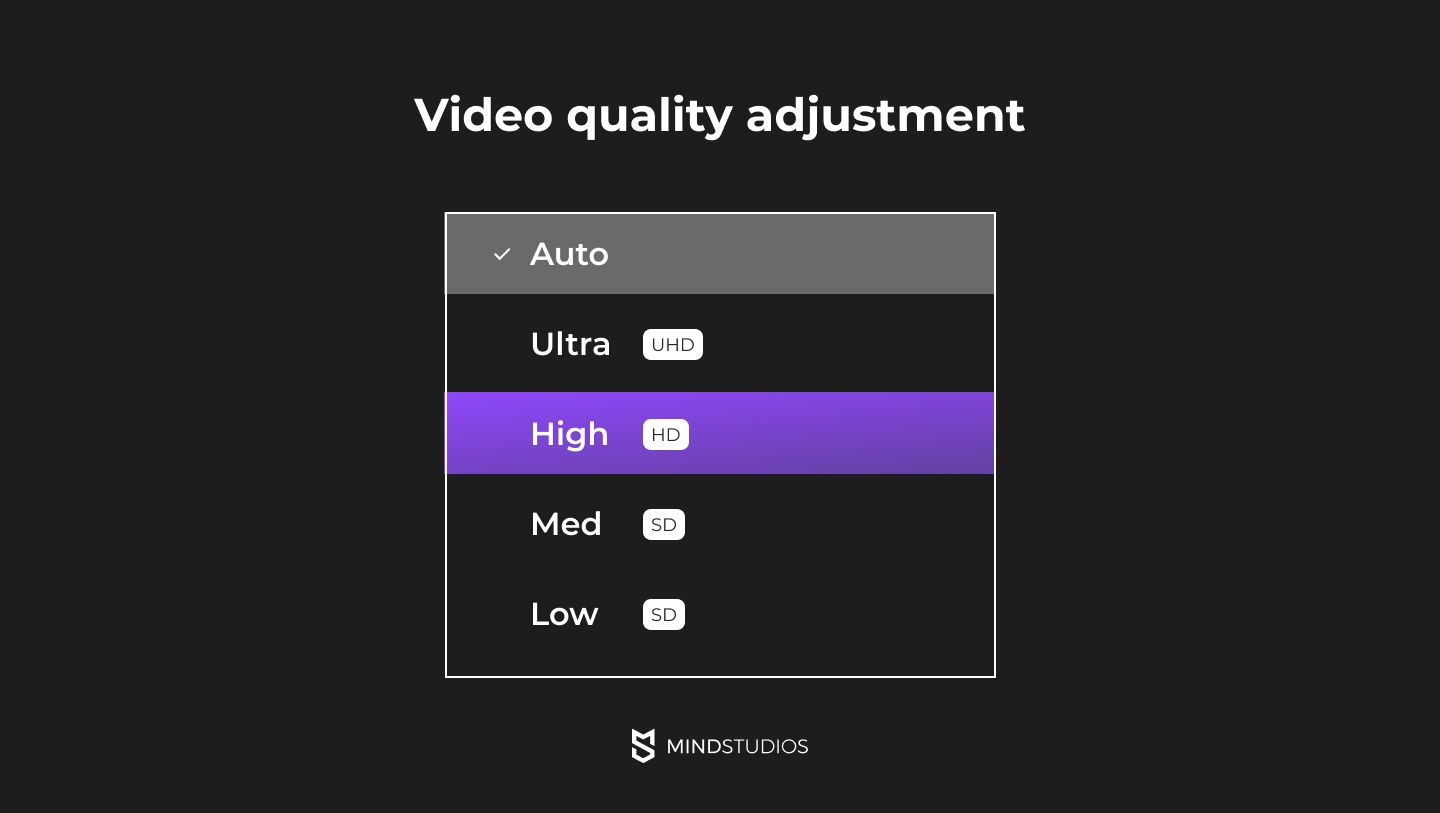
A user’s bandwidth and connection quality depend on a myriad of factors, from the user’s geographical location to the user’s internet service provider. Several reasons exist to watch movies at a low bit rate — limited internet traffic, small screens, slow buffering, etc. You need to provide content in various bit rates and resolutions for users to choose from. Also, it would be a good move to set up a server that can adjust the quality automatically depending on the user’s current bandwidth. The HLS protocol and some of its alternatives can do that.
Servers and storage (SVoD + live-streaming)
If your goal is to create your own streaming service and make it massive — right away or in the future — you’ll need a lot of storage for content and powerful servers that can withstand high loads. It’s possible to start small and expand later, but keep in mind that insufficient servers can cause a severe drop in users.
Age restrictions (SVoD + live-streaming)
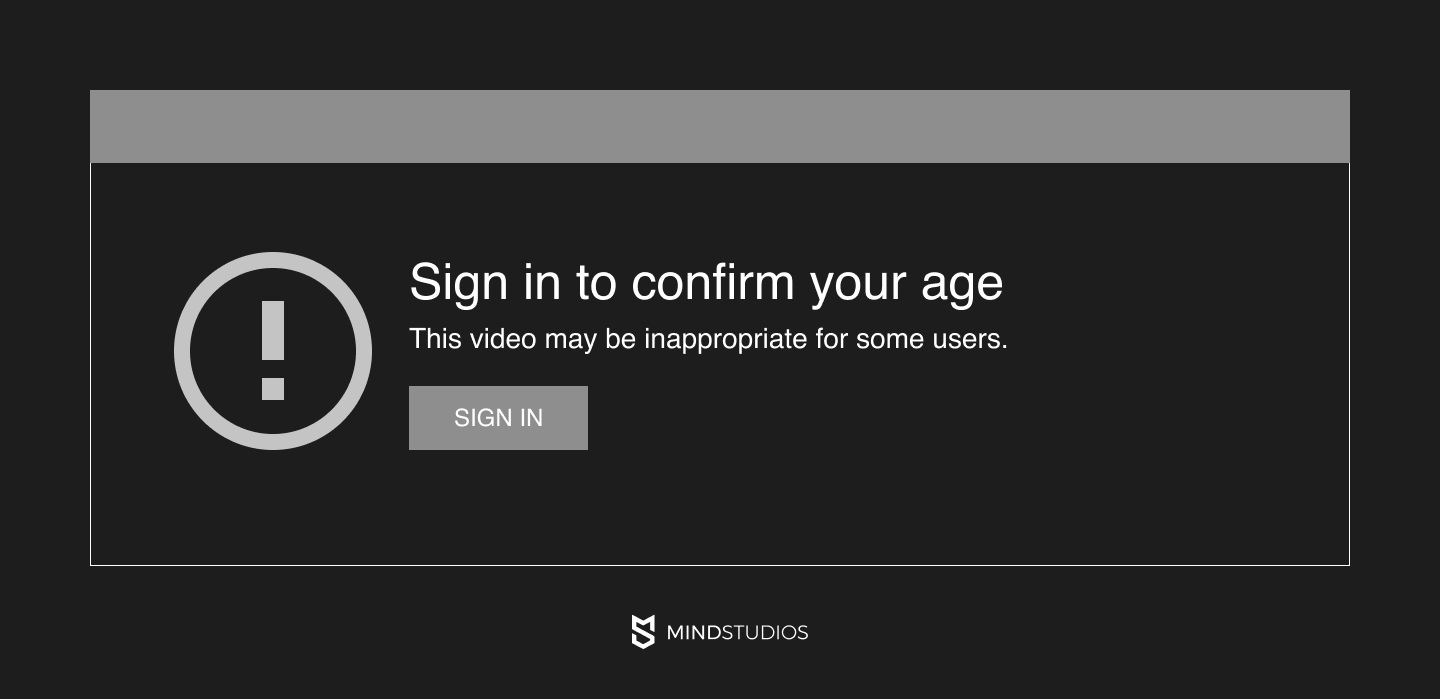
Game streamers often swear, and some games aren’t suitable for children. The same goes for movies — the Motion Picture Association has a film rating system in place not just for giggles. If the content you stream might not be appropriate for kids, you need to let your users know about it.
The simplest way to do that is to label titles and make streamers display what age their streams are appropriate for. However, that’s pretty unreliable. Let’s be honest — many teens just click on “Yes, I am 18 or older” and proceed to the content.
Another way is to ask for the user’s age at registration. If they’re over a certain age, you can show them all content, and if they aren’t, you can show them only content that’s appropriate for them.
Finally, you can offer users multiple profiles under the same account and provide a “kids space” where all the content is suitable for minors. If all profiles are password-protected, kids won’t be able to log in to an adult’s profile.
The Mind Studios experience
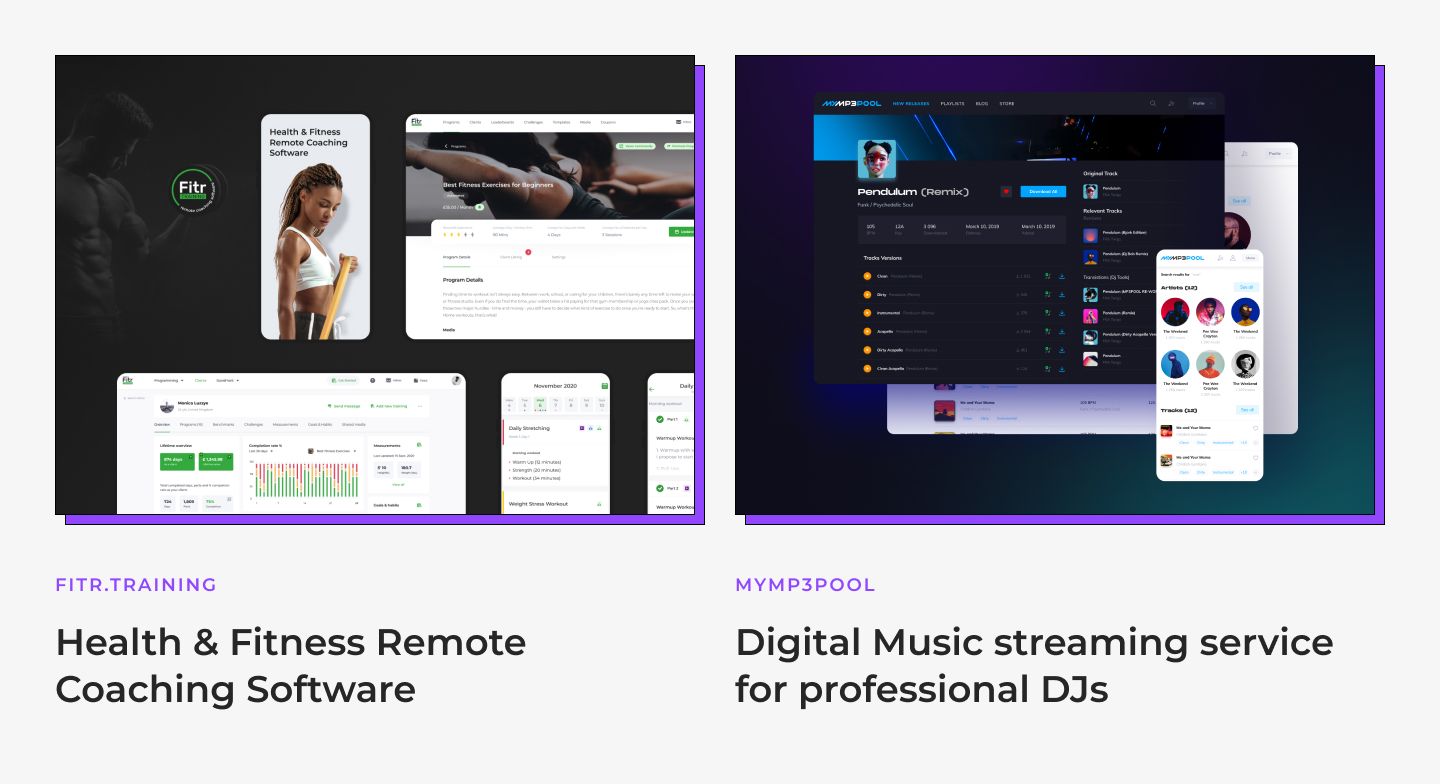
Media streaming is the functionality we’ve got ample experience with. We’ve tried our hand at implementing streaming for audio and for video multiple times. The two projects we’re particularly proud of are MyMp3Pool and Fitr. Training.
MyMp3Pool is a web-based platform for professional DJs where they can get tracks for mixes. There, we’ve implemented both audio streaming and download (and a bunch of other cool features).
On Fitr. Training, fitness coaches can upload videos for training session for their clients to watch on-demand.
Summing up
The demand for entertainment is a constant in today’s society, and streaming is one of the most popular relaxation options. This, in turn, creates a revenue opportunity for those who stream popular or valuable content. Whether for movies, TV shows, or gaming, streaming platforms are flourishing. What’s more, it’s a market where it’s still quite easy to find your own niche and grow an audience.
If you plan to create your own movie streaming website or mobile app and need help, get in touch with Mind Studios. We offer a free consultation and rough estimates.


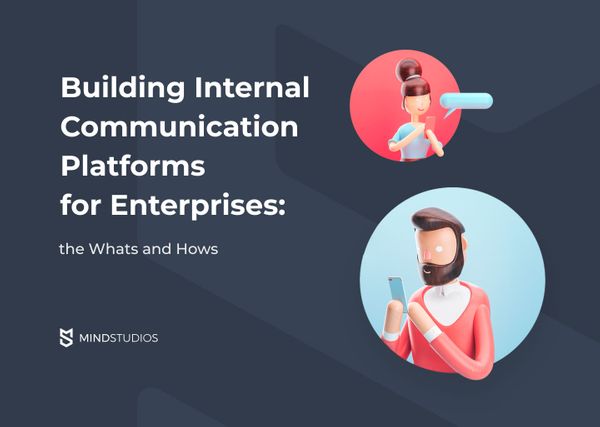
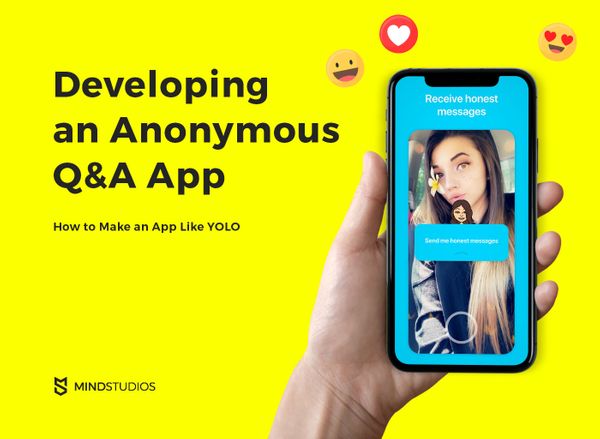
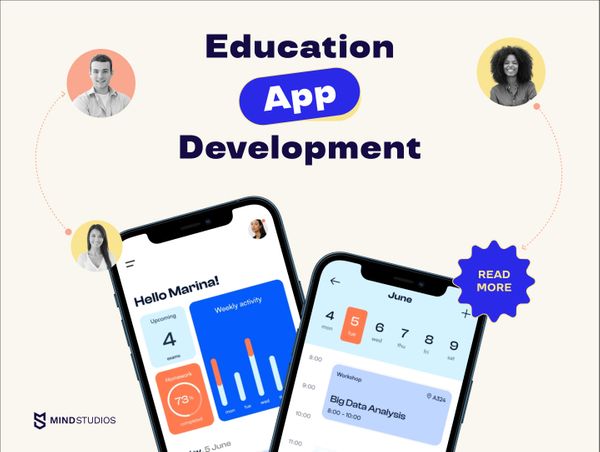
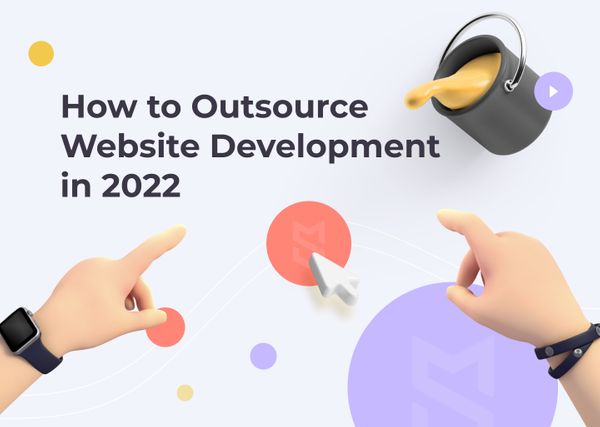
![How to Create an Photo Sharing App like Instagram [Guide 2024]](https://themindstudios.com/blog/content/images/size/w600/2022/08/01.-Cover--18-.jpg)

